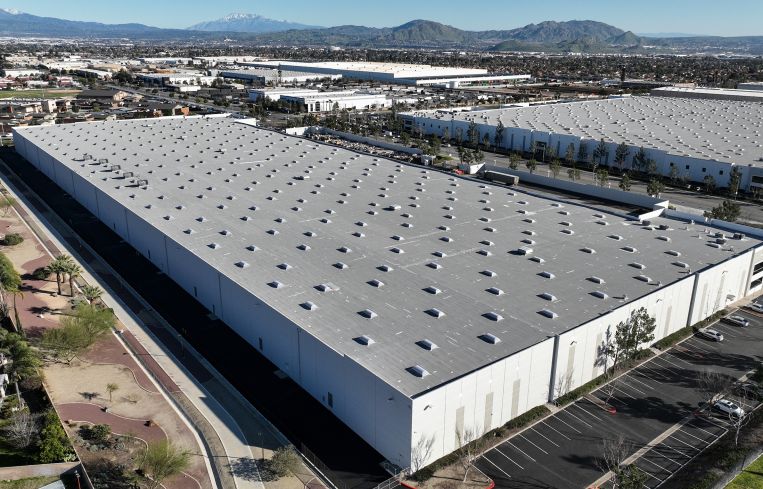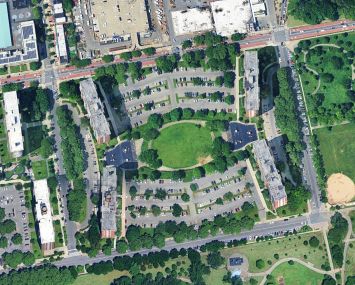U.S. Industrial Real Estate Sales Plummet Compared to 2022
Interest rates and market normalization have slowed the furious pace of warehouse sales seen in recent years
By Greg Cornfield June 28, 2023 6:00 pm
reprints
Sales of distribution facilities, supply chain centers and other warehouse properties have fallen swiftly in the past 12 months as the Fed raised interest rates and the e-commerce boom evened out.
Approximately $16.3 billion of industrial investment sales were logged in the United States this year through the end of May, according to a new report from CommercialEdge. Last year, industrial investment sales totaled $31.2 billion after the same period.
“Due to higher costs of capital and tighter credit conditions, we anticipate many owners will hold properties for the time being,” according to the report.
But unlike office assets, which are falling in value, prices for industrial properties have remained relatively stable, with the national average price per square foot sitting at $129 in the second quarter, down just 1.3 percent from the second quarter of 2022. National rents for industrial space averaged $7.29 per square foot in May, an increase of 11 cents from April and up 7.4 percent year-over-year.
Port markets continued to have the largest rent gains in May, led by increases of 17 percent in Southern California’s Inland Empire, 13 percent in Los Angeles, 10 percent in New Jersey, 10 percent in Boston and 9 percent in California’s Orange County.
The national industrial vacancy rate in May increased 20 basis points from the previous month to 4.3 percent. That comes after record levels of new warehouses, logistics centers and other industrial buildings have been delivered in recent quarters at the same time that demand normalized relative to the heights seen during the pandemic. More than 200 million square feet of new space opened in the first five months of 2023 alone.
“While much of that space has been absorbed, some markets may see an upturn in vacancy during the coming quarters,” CommercialEdge reported.
Nationally, 618.9 million square feet of industrial space is under construction.
“We expected to see a slowdown in construction starts in 2023,” Peter Kolaczynski, CommercialEdge’s senior manager, said in a statement. “Given interest rates and the previous record-setting years, a pullback was inevitable. Underlying fundamentals remain encouraging as new leases signed continue to push higher, especially in the tightest markets.”
Of course, it’s a different story in Southern California. The Inland Empire recorded $1.9 billion in industrial sales as of May 31, at $270 per square foot, for the most sales in the nation. Los Angeles recorded the second-highest sales volume of any market so far this year, with the highest average sale price at $417 per square foot.
The high demand and prices are not solely driven by the nearby ports. L.A.’s standing as the largest entertainment hub in the nation also plays a role on the industrial side, CommercialEdge reported.
The largest sale in L.A. this year is GI Partners’ $211 million purchase of 12800 Culver Boulevard, a 185,000-square-foot property with data storage, digital content distribution capabilities and satellite arrays. In an $85 million deal, Nuveen bought 2160 Seventh Street, which was recently converted from a produce company’s distribution facility to a production studio.
Additionally, CommercialEdge reported nearshoring to Mexico has emerged as a solution for many manufacturing and supply chain companies in the U.S. The trend has been building for years due to mounting tensions between the U.S. and China, tariffs imposed by the Trump administration, and the simple need to get products faster.
Indeed, Mexico — not China — is the most active exporter into the U.S. so far this year. Multinational corporations have also shown a preference for Mexico over Canada due to low labor costs, abundant land and closer proximity to major U.S. population centers.
Gregory Cornfield can be reached at gcornfield@commercialobserver.com.


